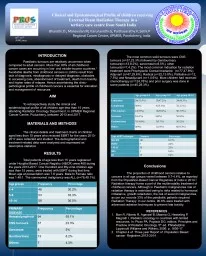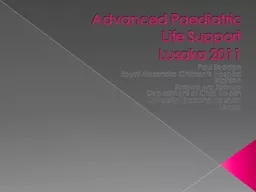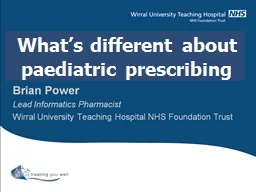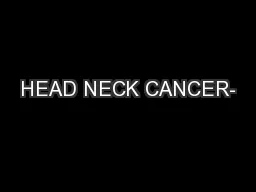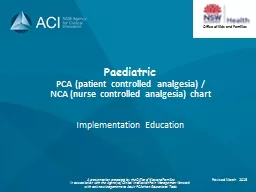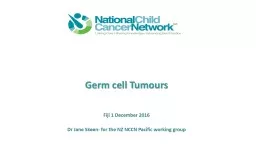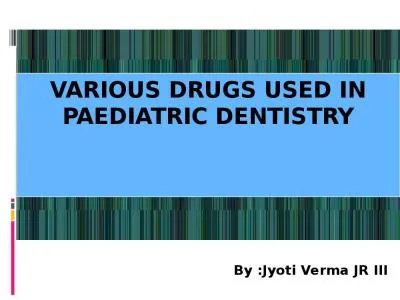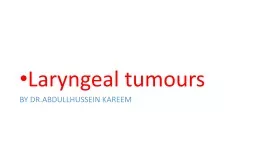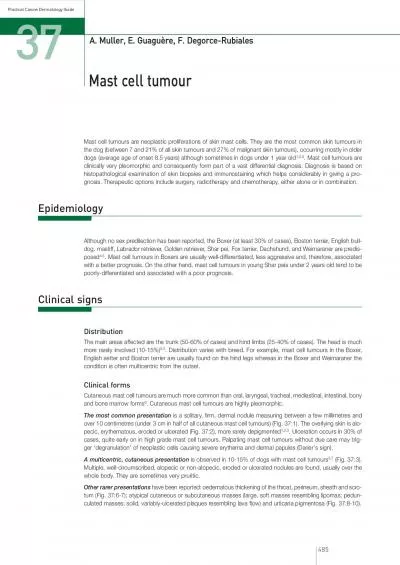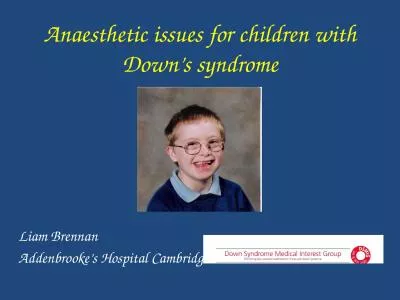PPT-Paediatric tumours are relatively uncommon when compared to adult cancers. More th
Author : carneos | Published Date : 2020-06-16
1 Avoidable deaths from childhood cancers in LMICs result from lack of diagnosis misdiagnosis or delayed diagnosis obstacles to accessing care abandonment of treatment
Presentation Embed Code
Download Presentation
Download Presentation The PPT/PDF document "Paediatric tumours are relatively uncomm..." is the property of its rightful owner. Permission is granted to download and print the materials on this website for personal, non-commercial use only, and to display it on your personal computer provided you do not modify the materials and that you retain all copyright notices contained in the materials. By downloading content from our website, you accept the terms of this agreement.
Paediatric tumours are relatively uncommon when compared to adult cancers. More th: Transcript
Download Rules Of Document
"Paediatric tumours are relatively uncommon when compared to adult cancers. More th"The content belongs to its owner. You may download and print it for personal use, without modification, and keep all copyright notices. By downloading, you agree to these terms.
Related Documents

